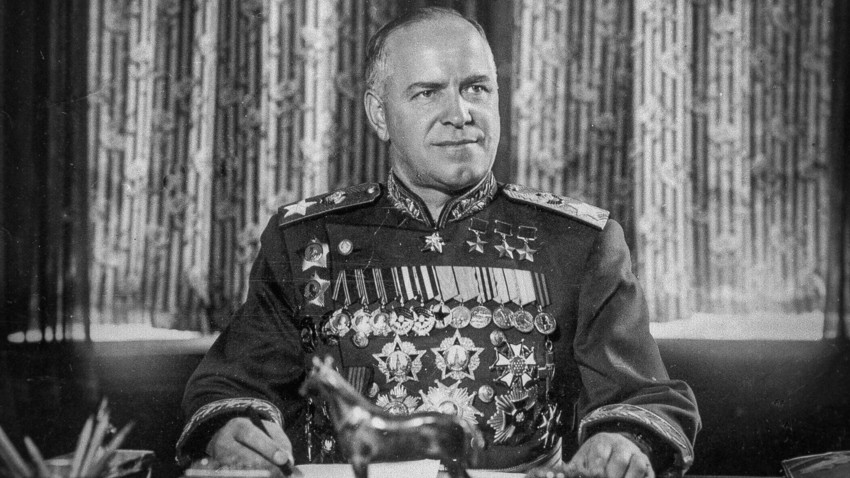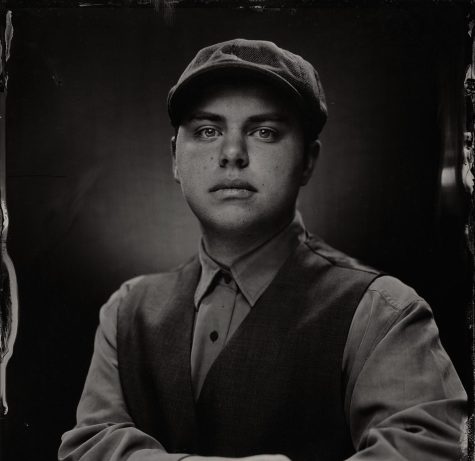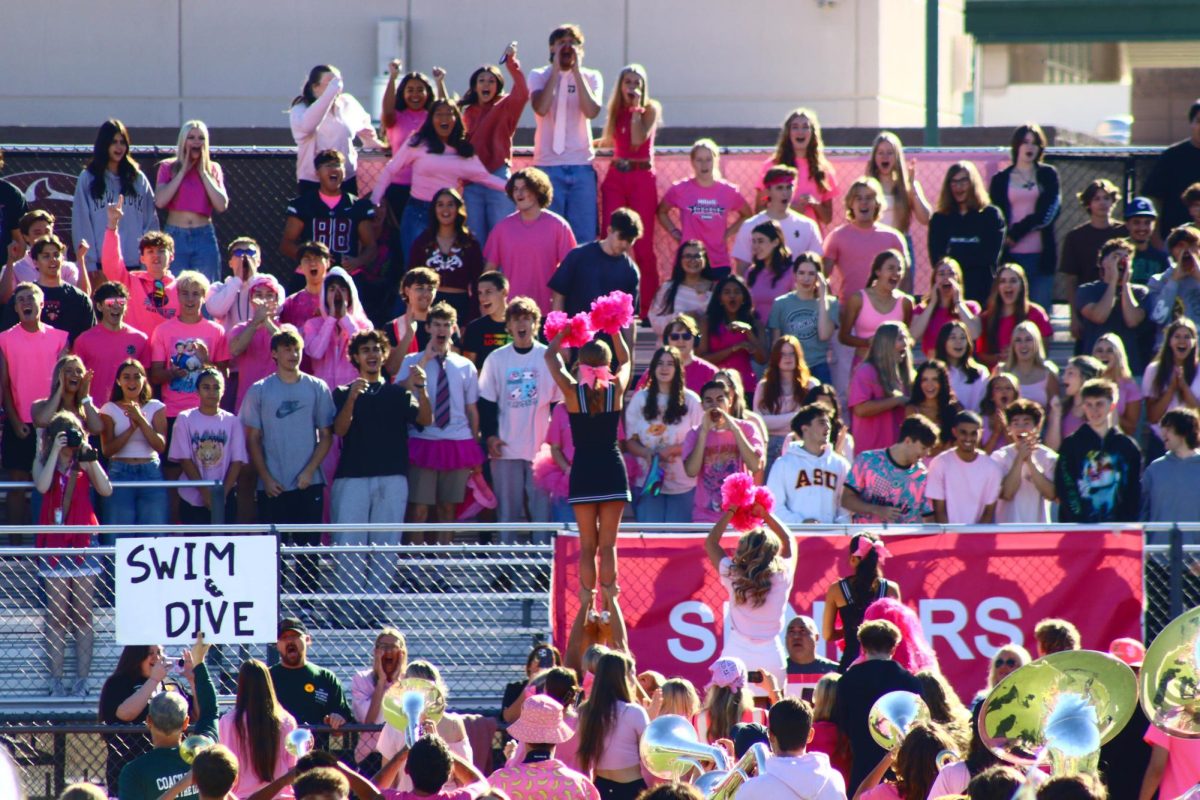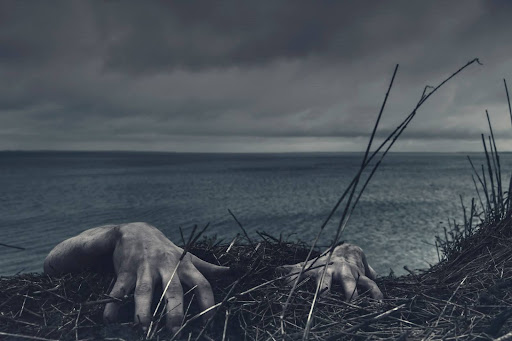The Story of White Coca-Cola
October 6, 2022
Remember the old days when soft drink companies would change up their drinks to make them more appealing or to add a new flavor? Many soft drink companies still do this but it’s pretty rare nowadays. Back then, Coca-Cola was extremely popular around the world, especially around the Second World War. However, the Soviet Union rejected any trade with “imperialistic” or “capitalistic” companies. Because of this, the Soviet Union could not enjoy the savory taste of Coca-Cola. However, one Soviet Marshal, Georgy Zhukov, found a new love for the soft drink.
By the 1920’s the Coca Cola company became a global corporation. They operated in more than 200 countries, producing more than 450 brands. After World War II, almost every nation was aware of the company’s presence in the world, even the Soviet Union. With the rise of Stalin’s reign over the Soviet Union, came the mass banning of world markets. This is because the Soviet Union wanted to make an attempt to build socialism in one country. Stalin feared the unpredictable movements and disruptive influences of foreign markets like demand, supply, inflation, price changes, etc. In 1946, a year after the ending of World War II, Coca Cola was officially discontinued in the Soviet Union.
Prior to the discontinuation, Soviet Marshal Georgy Zhukov, was introduced to Coca-Cola by General Eisenhower. He enjoyed the soft drink so much that he created a plan for Coca-Cola to deliver Coca-Cola to him personally, without getting into trouble from the USSR. He requested that the Coca-Cola needs to be a clear color in order to resemble vodka; along with bottling them in unmarked alcohol bottles and capped with a white bottle cap with a red star.
When the request went through the U.S and Coca-Cola company, they began to fulfill his request by turning over to the European Coca-Cola bottling plants. James Farley, chairman of the Board Coca-Cola Export Corporation, was contacted by President Truman’s staff about the order, to which Farley agreed to fulfill the special order. Farley then turns over the order to Technical Advisor of the Coca-Cola Company, Mladin Zarubica. Zarubica was then sent over to allied occupied Austria to supervise the establishment of a new bottling plant, where he was able to find a chemist that was able to remove the coloring of the soft drink without removing the sweet taste or affecting the carbonation. The clear Coca-Cola was then bottled in unmarked, non distinct bottles made by the Crown Cork and Seal Company in Brussels, Belgium. Of course, it was also capped with a distinct red star.
The bottles were then boxed and shipped from the Lambach bottling plant to Vienna, which was occupied by the Soviet Union. The shipments were never disrupted and all shipments made it to Zhukov, who was extremely satisfied with the success of the order. Luckily, Zhukov was never caught with the new Coca-Cola.






